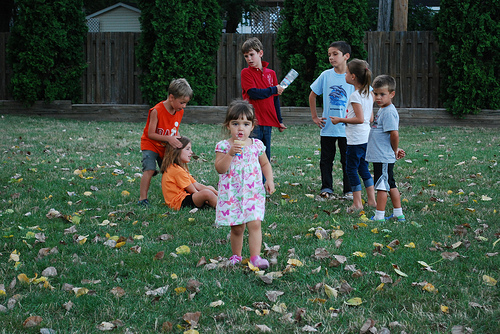
Why Is It So Difficult To Prevent Lice in Kids?
In kindergarten and elementary school settings, when one child gets lice, soon the entire classroom will have lice. In some parts of the United States, especially in areas where the weather is usually hot and humid, up to 40% of children get lice at some time during the year. Because it is so easy for lice literally to hop from one child to another, or for louse eggs to be transferred from one scalp to another, many schools have a "no-nit" policy, requiring children to stay at home if a "going over the hair with a fine-toothed comb" reveals the louse eggs called nits. In adults, lice are more often spread as a sexually transmitted disease (STD), and are also common in the homeless.
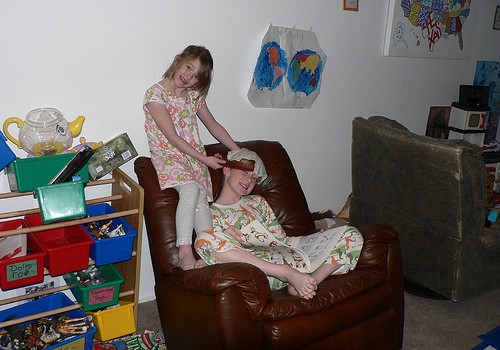
To Stop The Spread Of Lice, Don't Share Personal Items
If your child (or you yourself) develop an infestation with lice, the single most important thing you can do to prevent other members of the family from also getting lice is to avoid sharing personal items. Don't share combs (in particular), hats, scarves, towels, pillow cases, pillows, ear muffs, or any other object that comes in contact with lice-infested skin. To avoid spreading body lice, don't share clothes, and don't pull clothing from the diry clothes hamper that has come in contact with clothes worn by someone who has lice. To prevent the spread of pubic lice, also known as crabs, avoid sex with persons who have the problem, and don't share towels, bed linens, or clothes until the infestation is brought under control.
- Important notification about information and brand names used in this slideshow!
- Photo courtesy of steve r by Flickr : www.flickr.com/photos/automationtx/4292473373/
- Service, Mike (2012). Medical Entomology for Students (5th ed.). Cambridge: Cambridge University Press.
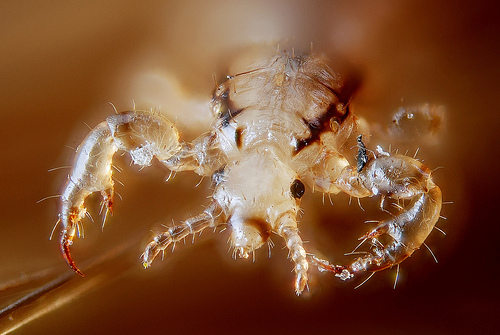
What Are Head Lice?
A louse (plural, lice) is a scavenger insect that feeds on blood, sweat, and oil on the skin. Lice are most commonly found in the hair on the top of the head, where they bite into the scalp. The saliva contains an anticoagulant that makes blood flow to feed the louse; the saliva can also trigger allergies so that lice infestations become itchy. Lice may jump from host to host, especially in situations in which many people are close together, such as preschools, prisons, and nursing homes. The louse's bite is not dangerous, but sometimes lice transmit dangerous infections such as typhus and methicillin-resistant Staphylococcus aureus (MRSA). More often lice cause embarrassment and social isolation.
- Important notification about information and brand names used in this slideshow!
- Photo courtesy of Gilles San Martin by Flickr : www.flickr.com/photos/sanmartin/4900867210/
- kidshealth.org/parent/infections/common/head_lice.html
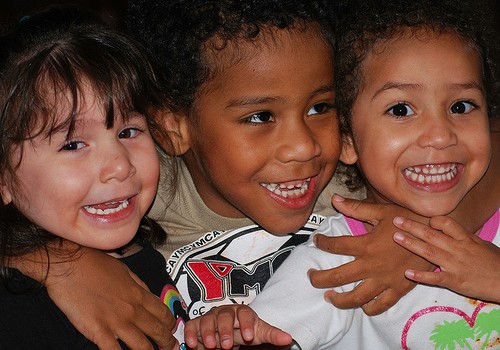
Tell Your Kids "No Head On Collisions"
Some babies and toddlers learn a little game that many Americans call "boop." A small child may butt his or her head against the head of another child and then say "Boop!" While it is highly unlikely that a boop could bop the brain, contact from scalp to scalp can spread head lice. Children need to be encouraged to avoid head to head contact, including nuzzling and kissing, when there is a known louse infestation in the classroom or preschool. Need to check to see if your child picked up lice (or was the source of lice) after spending time with other children? Comb the hair over a white sheet of paper. If you see tiny insects or even tinier grayish-white eggs, your child probably has lice.
- Important notification about information and brand names used in this slideshow!
- Photo courtesy of Taryn Anderson by Flickr : www.flickr.com/photos/taryn_liz/3980494389/
- Rister, Robert S. Healing without Medication (Laguna Beach: Basic Health Publications, 2003).
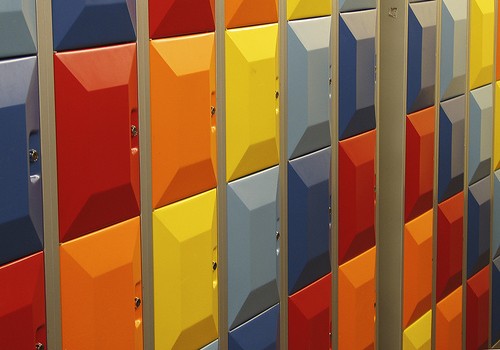
Beware Shared Lockers
Another source of lice is the shared locker. Head lice can survive without sucking blood from a human host for as long as 10 days at a time. A hat, scarf, muffler, sweater, pullover, or other item of clothing that has been infested with lice or nits (louse eggs) from one child can infect another child who stores his or her items of clothing in the same locker. Any source of moisture in the locker will extend the life of the louse, and shared lockers in shower rooms, locker rooms, gyms, and schools that are not air conditioned as a particular problem.
- Important notification about information and brand names used in this slideshow!
- Photo courtesy of Hans Splinter by Flickr : www.flickr.com/photos/archeon/582708424/
- Burgess IF (1995). "Human lice and their management". Advances in Parasitology 36: 271–342.
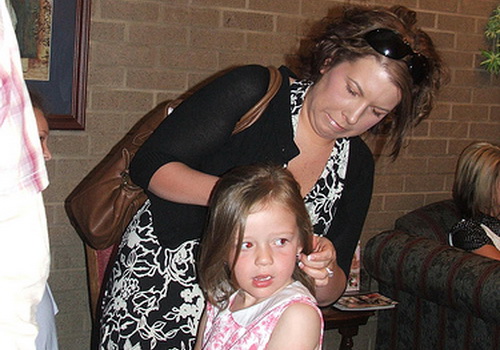
What Do You Do When Your Kid Gets Head Lice?
Many parents are shocked when it's their child, not someone else's child, who turns out to be the kid who has head lice. The first thing to remember is that kids who have head lice need to have contact with their friends and playmates, too. Don't isolate your child. Make sure your child's hair is combed at least twice a day, combing out lice and nits onto a white paper you throw away. Make sure your child's scalp gets a thorough shampooing with an anti-louse shampoo like Genderm and treatment with an anti-nit product like Clear every day. And make sure that the scalp is not reinfested by making sure pillow cases and towels are changed every day.
- Important notification about information and brand names used in this slideshow!
- Photo courtesy of allison by Flickr : www.flickr.com/photos/scrapstothefuture/461477514/
- Maunder, JW (1983). "The Appreciation of Lice". Proceedings of the Royal Institution of Great Britain (London: Royal Institution of Great Britain) 55: 1–31.
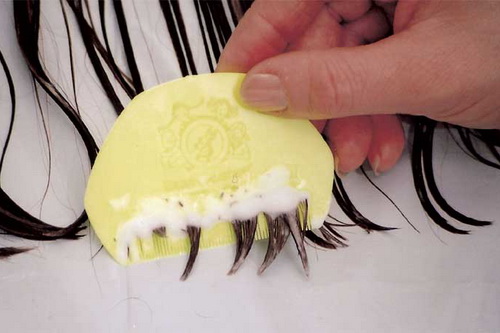
Getting Rid of Head Lice 1-2-3
There are three steps to getting rid of head lice in kids. The first thing you have to do is to physically remove the lice from your child's hair. Do this with a sturdy comb such as a LiceMeister. It is better to comb the hair wet rather than dry. Mix equal parts of vinegar and water and apply to the scalp with a cloth. Allow the mixture to stand for a few minutes and then comb the lice away. Your child's hair will smell like a pickle factory, so for the next step shampoo, but use a lice control shampoo. The shampoo won't kill eggs, unfortunately, so for the third step in lice treatment apply an anti-lice lotion to suffocate them. This can be a product like 5% benzyl alcohool solution (Ulesfia), or a home remedy like mayonnaise--but if you put mayonnaise, butter, Vaseline petroleum jelly, or olive oil in your child's hair you'll need to shampoo again afterward.
- Important notification about information and brand names used in this slideshow!
- Photo courtesy of Deutsche Pediculosis Gesellschaft e.V. by Wikimedia Commons : commons.wikimedia.org/wiki/File:Bugbuster.jpg
- Pearlman DL. A simple treatment for head lice: dry-on, suffocation-based pediculicide. Pediatrics. Sep 2004.114(3):e275-9.
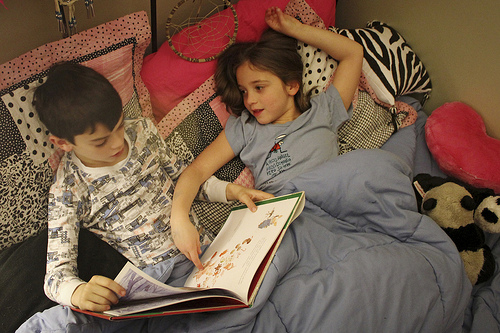
What Else Do You Need To Do To Treat Head Lice?
The 1-2-3 treatment of combing, shampooing, and suffocating lice is not all you can do to keep scalp lice under control. It can be helpful to treat the hair with products that contain the active ingredient dimethicone, such as LiceMD, to make the hair easier to comb. There will be fewer tangles, less pulling, and les lost hair. You can use essential oils to treat lice-infested hair, but be careful. Never, ever apply pennyroyal oil directly to your child's skin. It's toxic to the lice, but it is also toxic to your child. Also, take special care to provide clean towels, pillowcases, sheets, and head covering. One use and it's time for the laundry.
- Important notification about information and brand names used in this slideshow!
- Photo courtesy of woodleywonderworks by Flickr : www.flickr.com/photos/wwworks/5383445152/
- Burgess IF, Brown CM, Lee PN. Treatment of head louse infestation with 4% dimeticone lotion: randomised controlled equivalence trial. BMJ. Jun 18 2005.330(7505):1423.
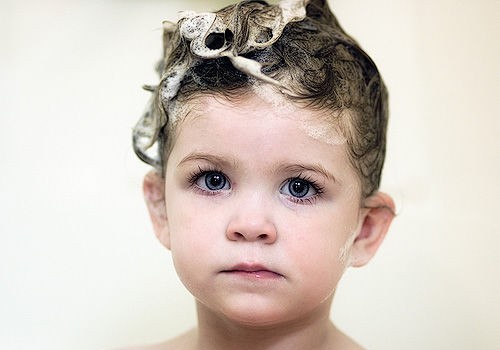
Shampoo For Lice Control
Shampooing is never all you should do to control scalp lice, but it always helps. What most users of anti-louse shampoos overlook is that everyone in the household needs to use the shampoo, not just the family members on whom lice are evident. Shampoos have to be used 2 or 3 times a week for at least 2 weeks to have an effect; once-a-week shampooing is not enough. The reason shampooing has to be repeated is that they remove adult lice, but they do not remove nits (eggs). As more lice hatch, more shampoo has to be applied, with care to cleanse the scalp as well as the hair.
- Important notification about information and brand names used in this slideshow!
- Photo courtesy of thejbird by Flickr : www.flickr.com/photos/jbird/19648336/
- Guenter, L. Pediculosis (Lice) Treatment & Management. Medscape Reference, http://www.emedicine.com, accessed 6 August 2013.
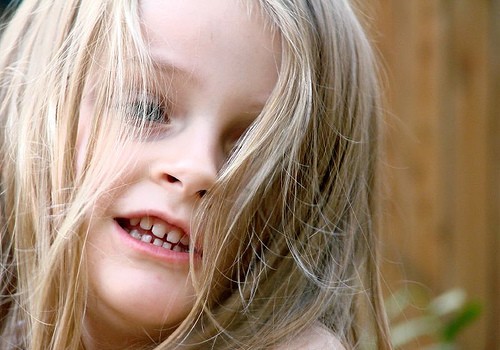
Where Lice Treatment Can Go Wrong
Certain precautions are essential in treating head lice, especially in children. When you find lice in your child's hair, throw out old combs, or disinfect them by soaking them for at least 5 minutes in very hot water (>131°F, or 55°C). If your child's "lice nurse" advises you literally to "go soak your head" (which is the origin of the expression) or to soak your child's scalp with a vinegar and water solution, don't forget to wrap the hair in a towel while the vinegar and water mixture is doing its work. Don't use toxic pesticides indiscriminately. Simple desiccants like dimethicone, which dry out the louse so that it dies, are actually more effective than pesticides like malathion. And don't forget that lice can hide in toys and hair-ties. All your hard work can be undone if lice are allowed to reinfest the scalp.
- Important notification about information and brand names used in this slideshow!
- Photo courtesy of zanzibar by Flickr : www.flickr.com/photos/zanzibar123/1574214978/
- Burgess IF, Lee PN, Matlock G. Randomised, controlled, assessor blind trial comparing 4% dimeticone lotion with 0.5% malathion liquid for head louse infestation. PLoS One. Nov 7 2007. 2(11):e1127.


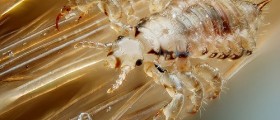
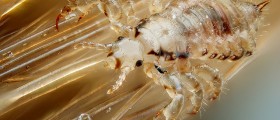
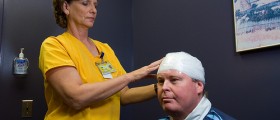
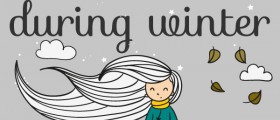
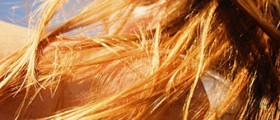
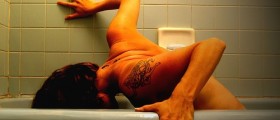
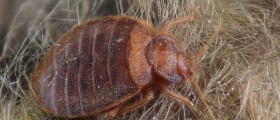
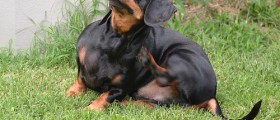
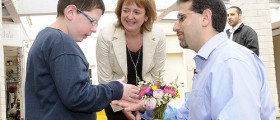
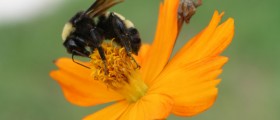

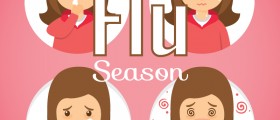
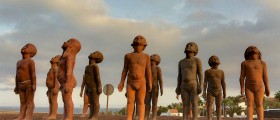
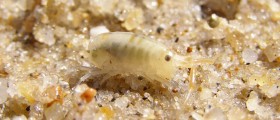
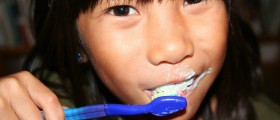
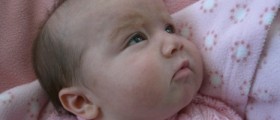
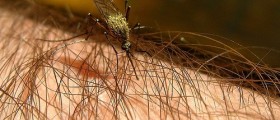
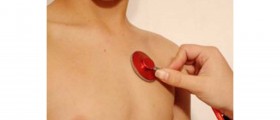
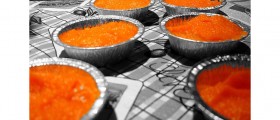
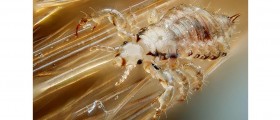
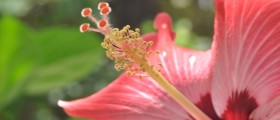
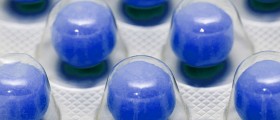
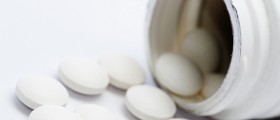
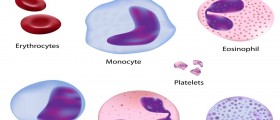
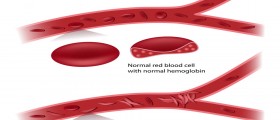
Your thoughts on this
Loading...